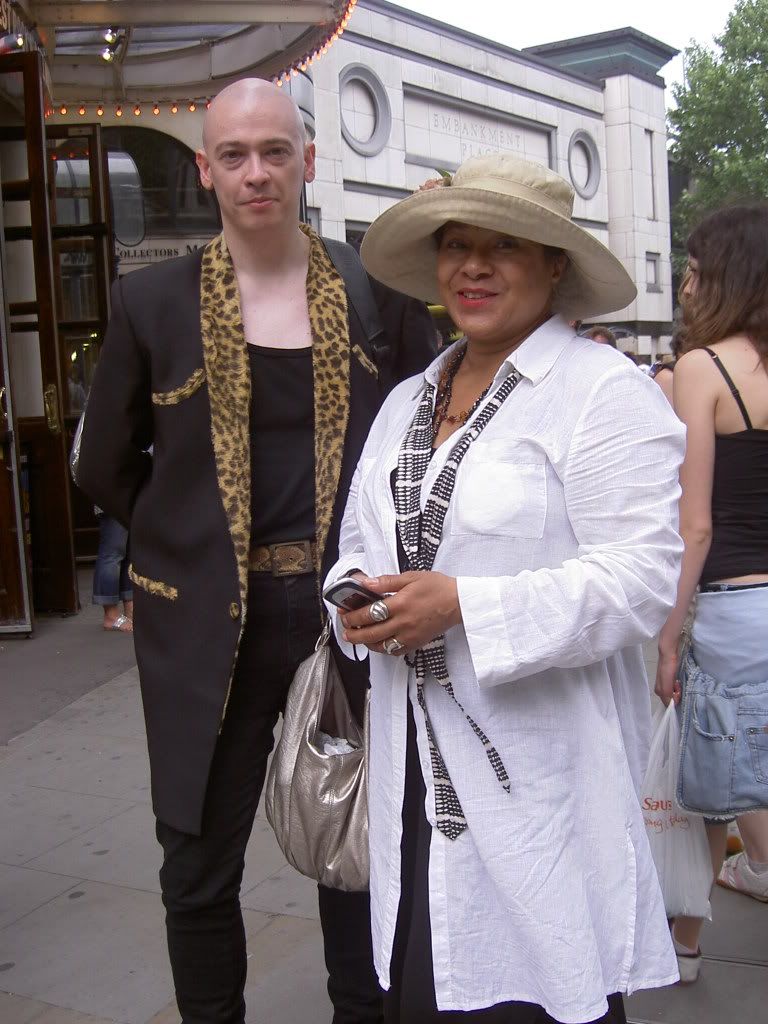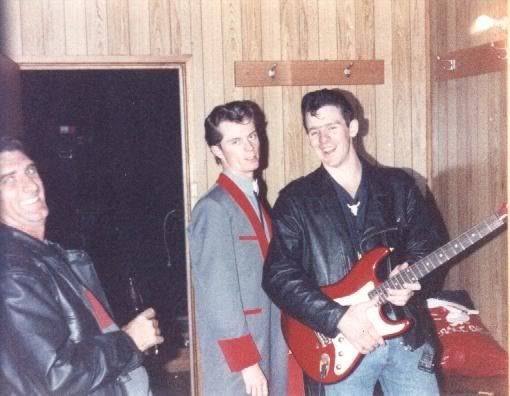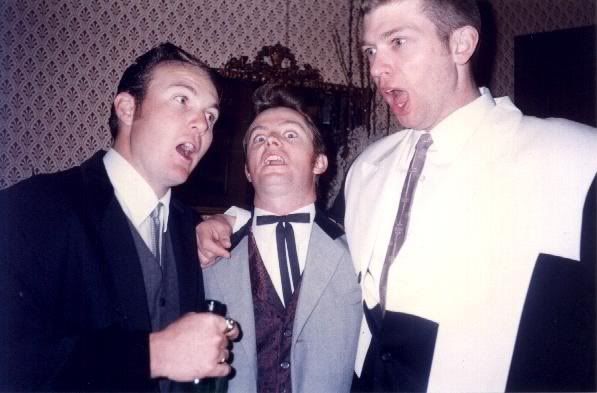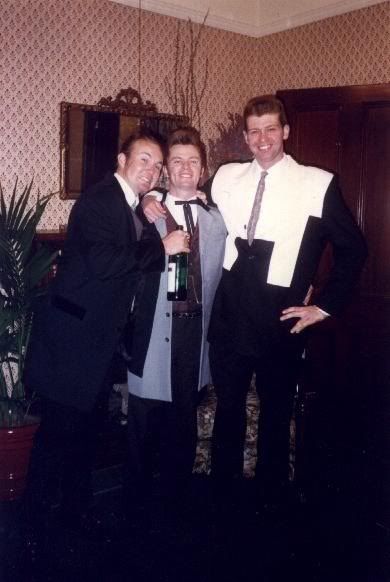Alan Eardley
One Too Many
- Messages
- 1,500
- Location
- Midlands, UK
I was 15 when I started wearing the gear. At the time, no Teddy Boy clothes were available 'off the peg' - there was no concept of 'teenage fashion' in those days. Early on, one had to be well-off to afford drainpipes and a drape jacket as they were bespoke from some of the better tailors - the 'Chelsea set' and Guards to whom you refer patronised them in any case. In our case (provincial working class) we had to pursuade our local branch of Montague Burton to make us a suit. We all had cheap 'Sunday Best' suits made bespoke anyway as 'off the peg' suits were, as I recall, rare. Some branches would wouldn't comply - they had 'No Teddy Boys' signs in their window. As there was a Burton's or comparable outfitters in most towns we soon found out which branch would take your order, and the new idea of 'hire purchase' (payment by instalments) helped. The process involved looking at a pattern book with drawings of different 'stock' features. Most of the features of a typical 'Teddy Boy' suit were taken from different styles of morning clothing and formal wear, often from obsolete catalogues that were perhaps really Edwardian in origin. It was their combination and the cut that made the difference.
Just as there was no idea of 'teenage clothing', there was no concept of organised teenage music or dance. It seems incredible today that such a lucrative market could be unexploited, but it must remembered that teenage spending power was a recent (and resented) phenomenon. The Saturday night dances at the time usually featured a big band (usually in evening dress) playing swing and singers who were varyingly excruciating versions of Rosemary Clooney or Frank Sinatra. Dancing was 'modern ballroom'. The young people present would want to hear the latest rock and roll and skiffle numbers and would want to jive - their requests to the band were often refused and sometimes fighting would break out, adding to the rebellious image of Teddy Boys that the press loved to promote. Eventually, the organisers of such events would have to put on a 'novelty' act in the second half of the programme (so the 'real' dancers could go home) in the form of a skiffle or rock 'combo' - many of the British rock and roll musicians 'cut their teeth' in this environment.
Many dance-halls imposed what they called 'the fingertip test'. To get in you had to stand with your hand by your sides. If your jacket came below your finger ends, you didn't get in. Guess what? The rejects would cause trouble, which the press would seize on.
It seems like a different world, now.
Alan
Just as there was no idea of 'teenage clothing', there was no concept of organised teenage music or dance. It seems incredible today that such a lucrative market could be unexploited, but it must remembered that teenage spending power was a recent (and resented) phenomenon. The Saturday night dances at the time usually featured a big band (usually in evening dress) playing swing and singers who were varyingly excruciating versions of Rosemary Clooney or Frank Sinatra. Dancing was 'modern ballroom'. The young people present would want to hear the latest rock and roll and skiffle numbers and would want to jive - their requests to the band were often refused and sometimes fighting would break out, adding to the rebellious image of Teddy Boys that the press loved to promote. Eventually, the organisers of such events would have to put on a 'novelty' act in the second half of the programme (so the 'real' dancers could go home) in the form of a skiffle or rock 'combo' - many of the British rock and roll musicians 'cut their teeth' in this environment.
Many dance-halls imposed what they called 'the fingertip test'. To get in you had to stand with your hand by your sides. If your jacket came below your finger ends, you didn't get in. Guess what? The rejects would cause trouble, which the press would seize on.
It seems like a different world, now.
Alan
Benny Holiday said:If you get a chance, check out the video 'Long Jackets - Short Tempers.' The film shows a lot of old footage from the 50's and it's plain to see that, like the bodgies and widgies here in the 1950's, the Teds were just kids, some as young as 14 and 15, many of them 16-18 and a few as old as 22 or 21 back in the heyday of the Teddy Boy 'movement'.
Alan, that's a very insightful comment about the behaviour of the Teddy Boys being seen as 'youthful hi-jinks' if they'd occurred twenty years earlier. Or, perhaps, if the Guards Officers has behaved in such a way as to attract media attention, then it would have been classed as youthful exuberance as well.








